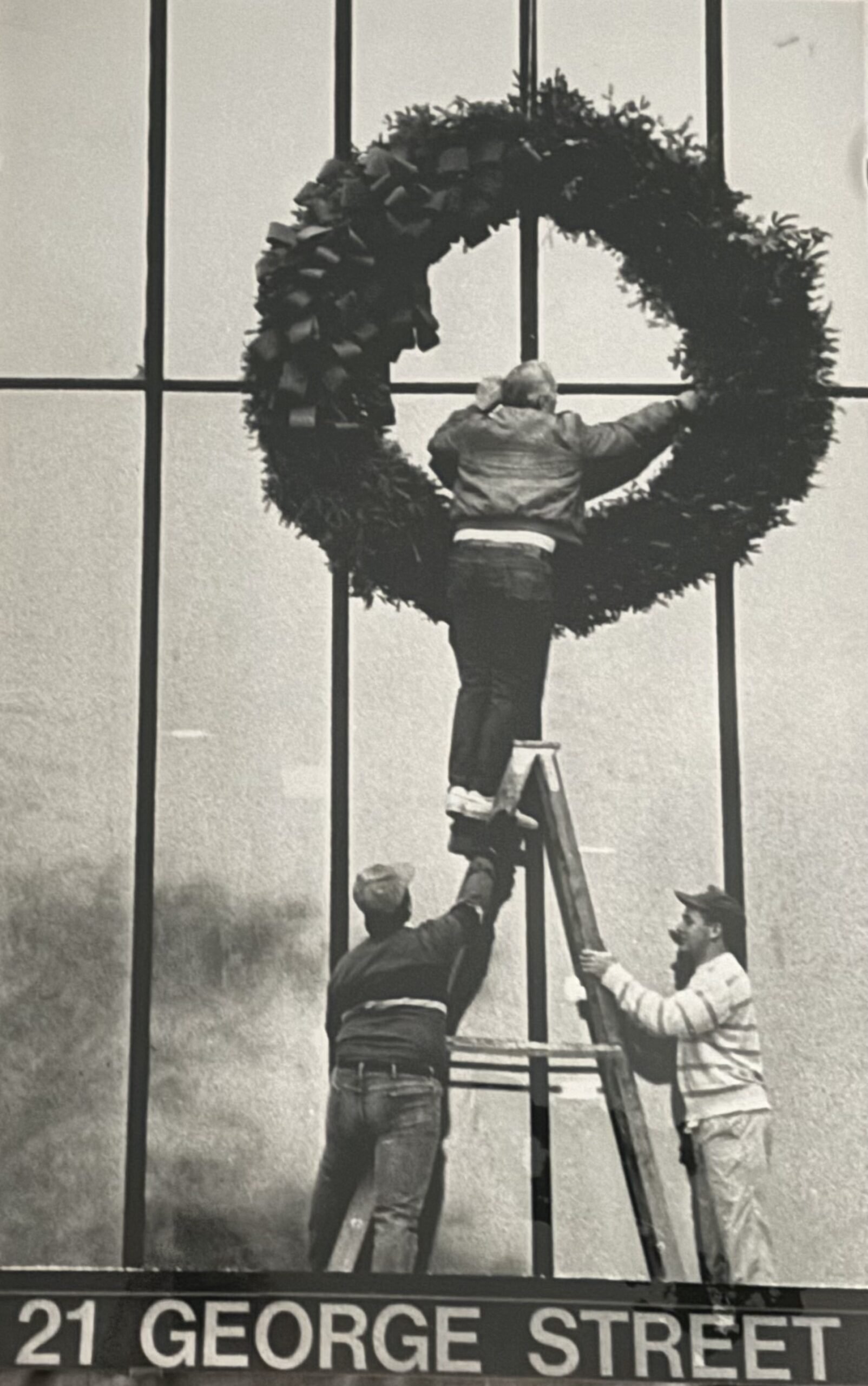In early March, I attended the Best Ever Conference, a large real estate investment conference…

December 2023 Newsletter
Over the last several months I have been able to attend a few national multifamily networking events. It is great attending these events to network with industry professionals and hear from many highly experienced speakers within the multifamily investment space.
One of the common topics at these events is the amount of loans coming due in 2024 and 2025. Post-pandemic transaction volume was historically high with a lot of buyers using short-term debt to acquire properties, and these short-term loans are beginning to become due.
Due to these loans coming due, the unprecedented interest rate hikes, and the slight softening in the market, many multifamily investors predict significant distress coming in multifamily real estate and a great buying opportunity in the next couple of years because there will be a lot of motivated sellers.
This theory stems from:
- Investors overpaying for multifamily assets over the last couple of years because of the access to cheap capital
- Rent growth has decelerated in most markets so operators may not be hitting their rent growth assumptions
- Operating expenses such as insurance, utilities, labor, materials, etc. significantly increasing over the past couple of years
- Many municipalities significantly increasing property assessments increasing property tax bills
- And mainly, Investors not underwriting for the unprecedented interest rate hikes, making it hard for them to cover their debt payments
Operators who have been able to successfully implement their value-add strategy, should be able to refinance and continue to hold their properties. But, operators who have not been able to successfully implement their value-add strategy, will be in a difficult position when their loan comes due because they will not be able to cover the debt payments at the higher rate forcing them to sell.
And if they can’t cover their debt payments, they will be motivated to sell!
And if they don’t sell immediately and have to come out-of-pocket to cover their debt payments, that is where the distress comes in.
And if a lot of operators are in this position, then supply and demand factors come into play. If a lot of people need to sell, there is more to choose from as a buyer. This creates a competition to sell driving down prices even further.
However, aside from a few big headlines, we have not seen much distress yet. Maybe it will come, but to what extent?
There is certain data you can point to that shows underperforming loans that may help predict the amount of distress, but there are other factors in play that you can’t point to on a spreadsheet. Two big ones being:
- How well capitalized are the operators and their investors? Operators and their investors may have the capital needed to fully stabilize their property. It will dilute their returns but it is better than losing all their money
- Lenders do not want their loans to fail either so they are willing to work with operators. If operators can show they have the capital and ability to bring the property to stabilization, lenders will usually extend the loan term and work with them.
So if you are sitting on the sideline waiting for distress, you may be waiting a while. If we are not seeing distress, what are we seeing in the market right now?
Although we are not seeing the significant distressed opportunities, we are finally starting to see more realistic sellers. For a while, sellers still wanted 2022 (peak) pricing which did not make sense in our current high interest rate environment; which is why transaction volume has been extremely low throughout 2023. We are seeing sellers begin to lower their expectations and sell at a 20% – 30% discount from two years ago.
Who are these sellers?
No, they are not people who overpaid for assets three years ago and looking to sell to avoid future distress. They are long-term owners who have significant equity in their properties that are coming to reality that they missed the peak of the cycle, but still willing to sell now at a good profit rather than continue to hold the asset.
In the smaller deals we look at in our local market, this is a “tired landlord” — usually an older individual that runs the property themself looking to retire. For larger properties, it is a partnership looking to take their profits and go separate ways, or a group that’s owned a property for more than 5 years and don’t want to take on additional deferred maintenance.
We are evaluating a few of these opportunities right now. While some investors are sitting on the sideline waiting for distress, we are starting to see some good opportunities at good prices. Investors sitting on the sideline also thins out the buyer pool which makes it a better time to buy than we have seen in years. With lenders becoming more stringent it may be a slightly more difficult time to buy, but that does not mean it is a bad time to buy.
We continue to identify undervalued multifamily assets with value-add opportunities that we can effectively manage for an indefinite period of time.
If you would like to learn more about our future investment opportunities sign up in our investor portal or reach out to set up a call.
